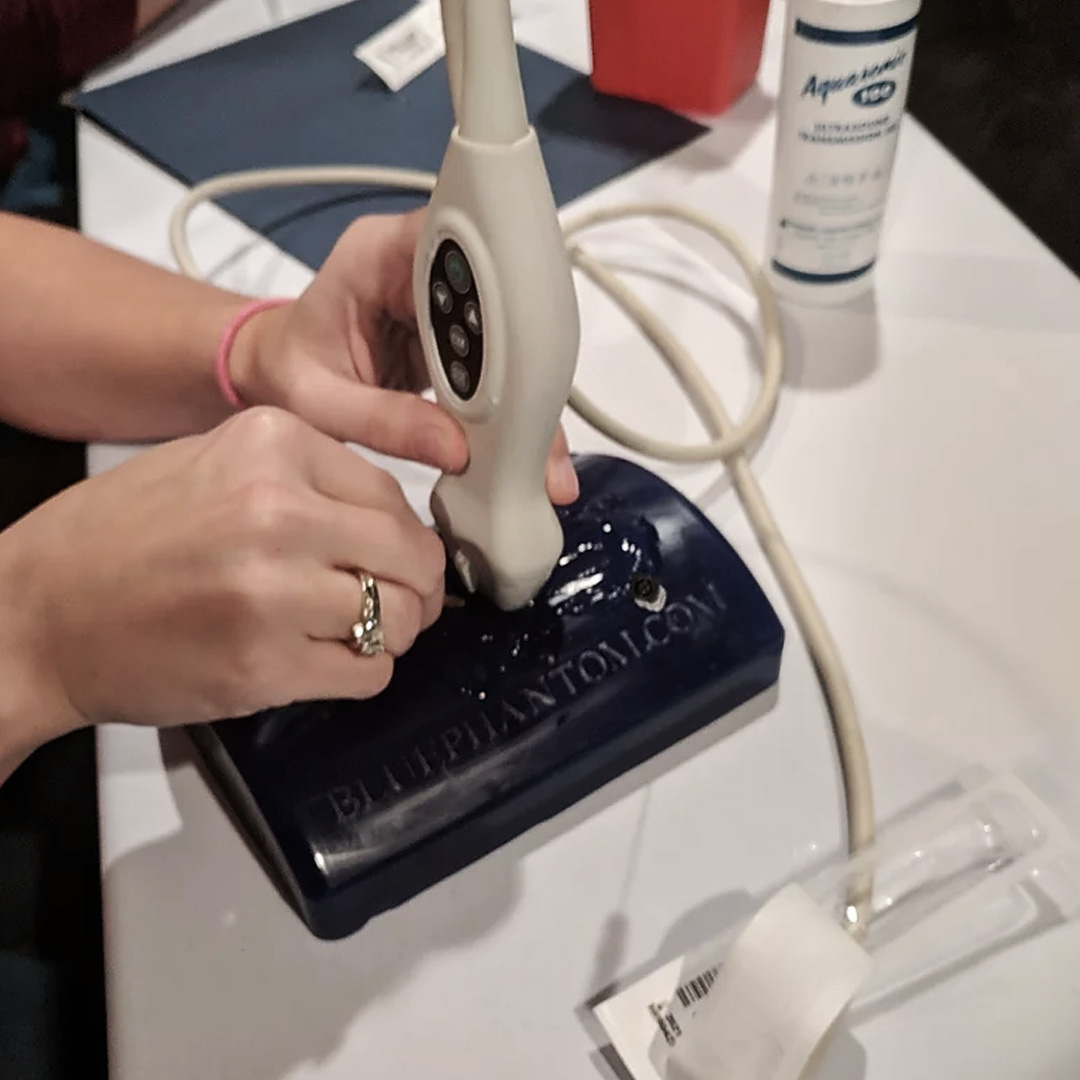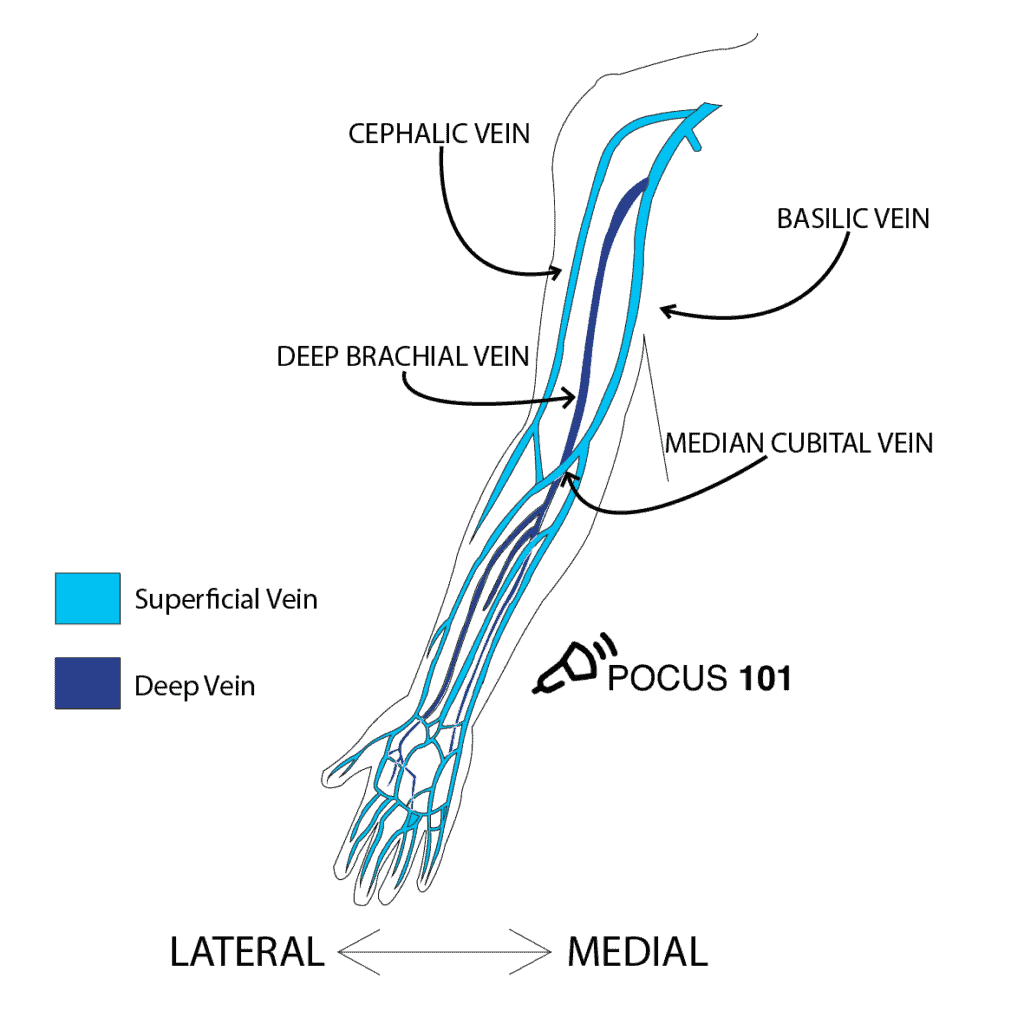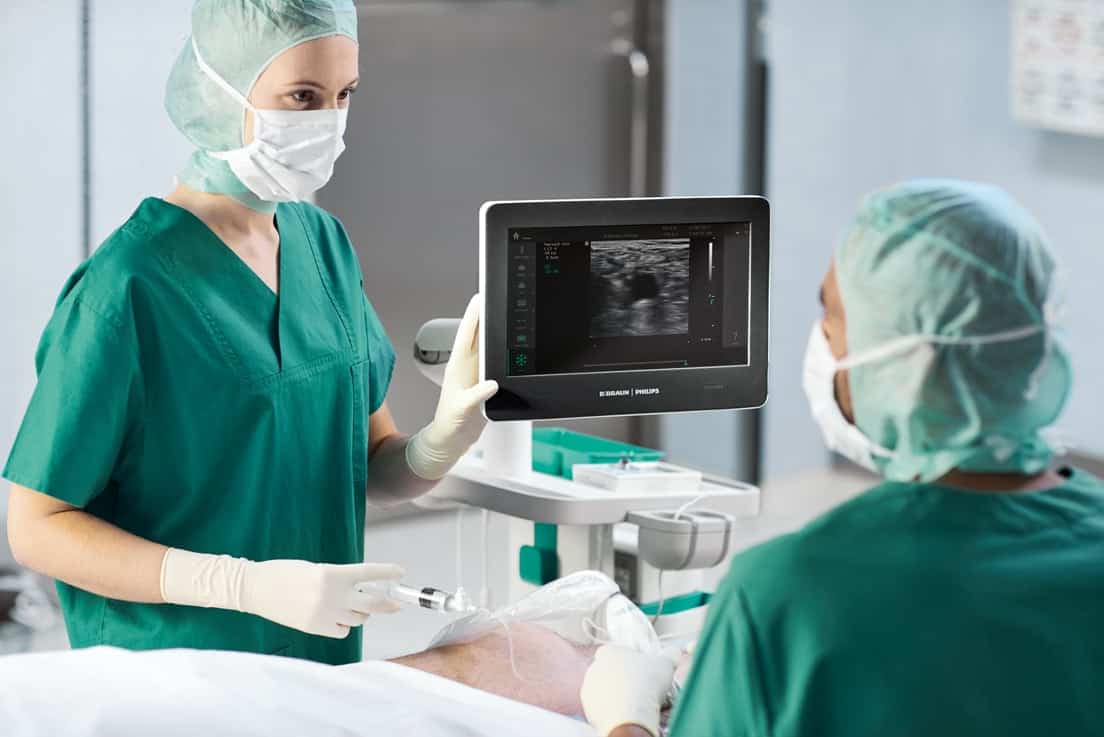Ultrasound Guided Iv Insertion Training For Nurses Figure 1 Cross Section of the Upper Arm Figure 2 Standard IV Catheters Find an appropriate vein by scanning the arm in the transverse orientation which provides a cross sectional view of the
Figure 1 Supplies required for USPIV insertion Clockwise from upper left nonsterile gloves sterile single use gel long IV catheter saline flush catheter dressing tourniquet and skin prep probe cover Positioning Position the patient to optimize provider comfort Fig 2 2 Midline catheters peripheral access devices may be used for isotonic solutions when the patient has limited recannulation sites and short term therapy needs 3 Intraosseous access can be used in emergency situations when I V access is needed for less than 24 hours 4
Ultrasound Guided Iv Insertion Training For Nurses
Ultrasound Guided Iv Insertion Training For Nurses
https://file-uploads.teachablecdn.com/a239dc52ecf34d2184deb08d90e9e0f1/342da13383ea432a874e3d5846f43f4b
Ultrasound guided US guided peripheral intravenous PIV insertion is a skill used by specially trained nurses for patients with difficult vascular access It can result in potential complications such as occlusive thrombus phlebitis infiltration and pain
Pre-crafted templates use a time-saving option for producing a diverse series of documents and files. These pre-designed formats and layouts can be used for different personal and expert projects, including resumes, invites, flyers, newsletters, reports, discussions, and more, improving the material creation procedure.
Ultrasound Guided Iv Insertion Training For Nurses

Nursing School Essential Nursing Student Tips Nursing School Studying

Ultrasound Guided IV Insertion Skills On Point

Ultrasound Guided Peripheral IV Insertion Placement And Access Made

My Fist IV Insertion

Gen II PICC With IV Arterial Line Vascular Access Ultrasound Trainer

Test enhanced Learning For Ultrasound guided Peripheral Intravenous
https://www.atsjournals.org/doi/full/10.34197/ats-scholar.2022-0029HT
Intravenous IV access is essential in hospitalized patients and poor IV access is a common reason for central line placement Peripheral IVs are associated with a lower infection risk and fewer placement complications 1 2 Using ultrasound can reduce the number of attempts required to place peripheral IVs in patients with one or more failed IV attempts no visually identifiable vein or

https://aacnjournals.org/ccnonline/article/40/5/38/31170/Ultrasound-Guided-Peripheral-Intravenous-Catheter
The aim of this article is to provide the bedside nurse with a basic understanding of the techniques involved in placing ultrasound guided peripheral intravenous catheters in patients with difficult venous access 2020 American Association of Critical Care Nurses You do not currently have access to this content Sign in

https://www.ncbi.nlm.nih.gov/books/NBK525988/
Ultrasound guidance can facilitate the cannulation of superficial peripheral vessels that are typically used during palpation based PIV placement They also allow the visualization and guidance to cannulate deeper vessels

https://ecme.ucalgary.ca/wp-content/uploads/2020/01/Ultrasound-Guided-IV-learning-package.pdf
Ultrasound Guided IV SCC Ultrasound Guided Peripheral Intravenous Catheter Placement Learning Module Edmonton Zone Emergency Departments Created by Edmonton Zone Emergency Department CNE Council RAH ICU NP group Endorsed Dec 2017 Revised September 2019 Module developers Domhnall O Dochartaigh Chris Picard Matthew Douma
https://www.ncbi.nlm.nih.gov/pmc/articles/PMC8237454/
Current studies suggest a potential benefit of ultrasound guided USG PVC training on success rate procedure time cannulation attempts and reducing the need for subsequent CVC or PICC in adult patients
The 11 ED nursing staff made 50 attempts while the five EM residents made 40 IV placement attempts As previously stated the outcome measures of interest were the number of successes and complications associated with the ultrasound guided IV placement by each member of each of the two groups The new Sonosite USGPIV Care Pathway Program can help providers master ultrasound guided peripheral IV insertion with the goal to improve patient and staff experiences clinical outcomes and reduce the total cost of care Benefits Help to minimize risk and complications of vascular access devices Lower costs by reducing direct labor and materials
To use ultrasound for guidance during peripheral IV insertion UGPIV can significantly impact patient care and outcomes by reducing the number of insertion attempts thus speeding the delivery process and reducing opportunities for trauma or infection However UGPIV requires specific training simulation practice and ongoing mentorship